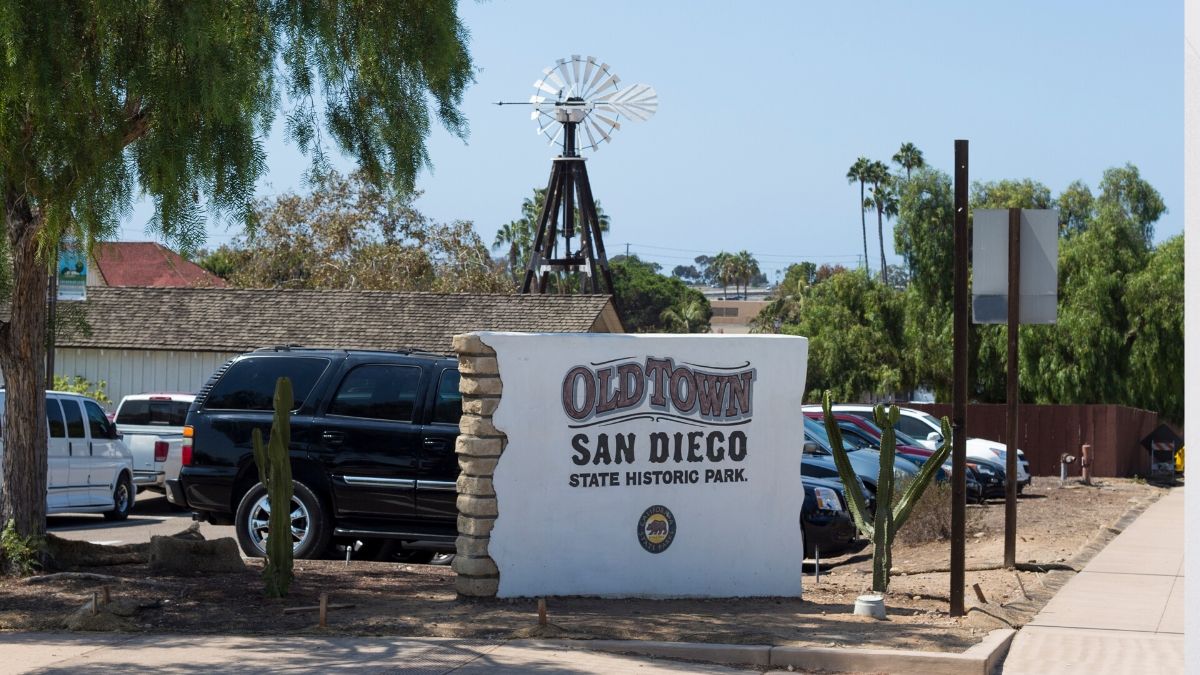A partial lunar eclipse on Thursday night, the longest such event in hundreds of years, will create an unforgettable sight in San Diego — for those who can see it .
The eclipse will be visible if you can get around the patchy fog and cloud cover, which may mean good views are limited.
The eclipse will begin at 10:02 p.m. on Thursday and will last for a little over six hours, the longest one since the 1400s, reported NBC 7's Ana Cristina Sánchez.
Get San Diego local news, weather forecasts, sports and lifestyle stories to your inbox. Sign up for NBC San Diego newsletters.
The nearly full eclipse will peak three hours after the earth begins to obscure the sun's rays, at 1:02 a.m.
The astronomical event is one to note — 97% of the moon will be within the Earth's shadow during the peak of the eclipse, according to the Griffith Observatory.
While that means this is still only a partial eclipse, it's enough to give November's Beaver Moon a red hue, and it's the first lunar eclipse visible in our area since May, when we saw the total Super Blood Moon Eclipse.
Local
What causes a lunar eclipse?
It's all because of the orbits of the moon around the Earth and the Earth around the sun, according to NASA.
Sometimes, as all three celestial objects move around the solar system, the Earth passes between the moon and the sun. When this happens, the Earth casts a shadow, just like any other object that moves in front of a light source.
That shadow has two parts. The darkest, inner part of the shadow where the sun is directly behind the Earth, is called the umbra. The more hazy and lighter part of the shadow around the edges is called the penumbra.
Lunar eclipses happen when that dark umbra falls on the surface of the moon, when the moon moves in its orbit through the space where Earth blocks light from the



